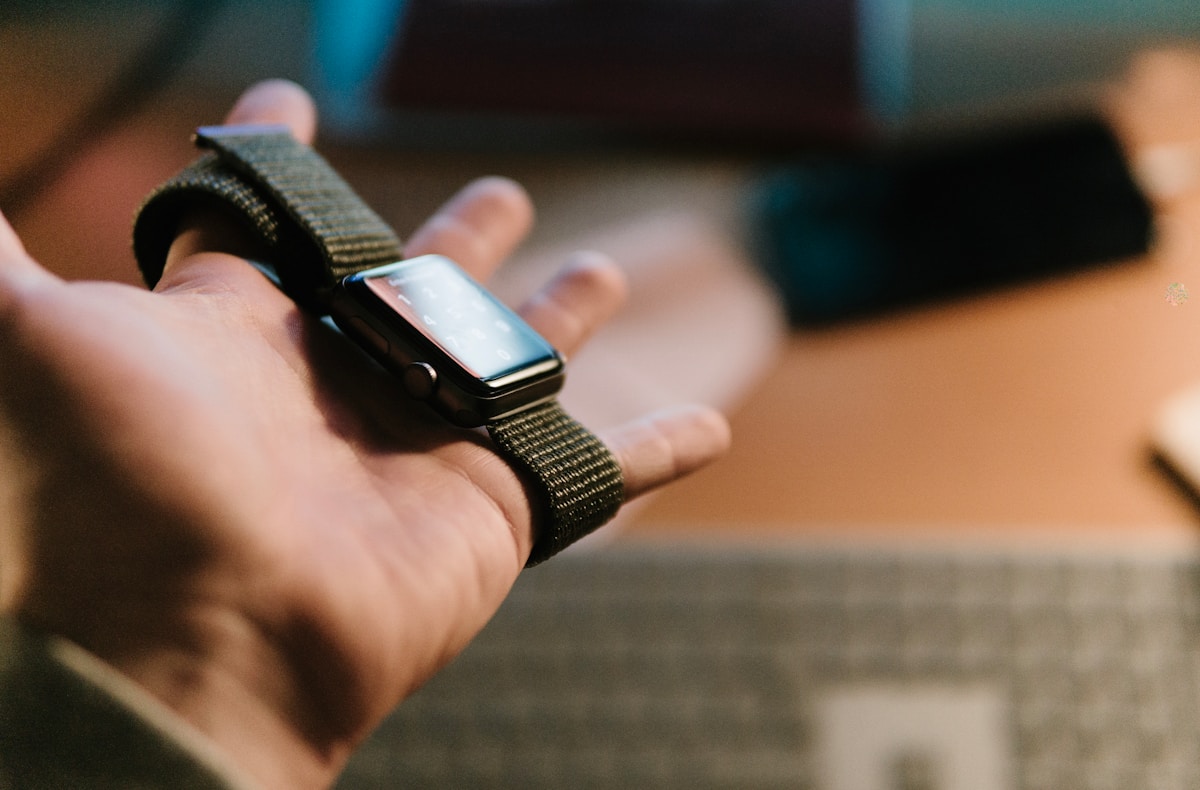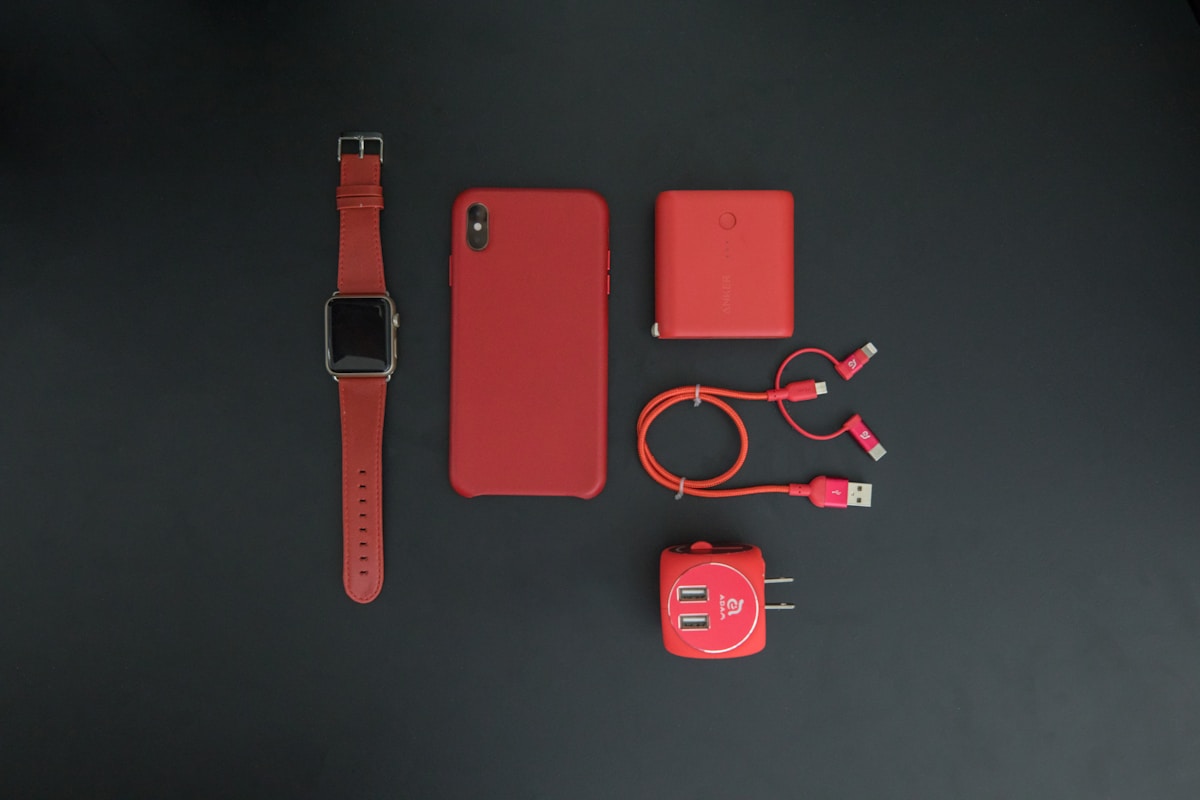Wearable Ai MedTech Market Explodes!

Research and Markets estimated that the global wearable medical device market is forecast to grow at a compounded annual growth rate (CAGR) of 25.78% between 2020 and 2027. In the United States alone, the market is predicted to hit $60 billion in revenue by 2027.

Furthermore, wearable MedTech's market has seen robust growth, with the US market expected to hit 15m users from just 6m in 2017.
Smart watches have been adding features to track our sleep, sugar and blood pressure which help manage our lives better and can be used to collect our data and help us eliminate any future diseases.
Some of the most popular wearable devices monitor insulin levels in diabetic patients.
Both Dexcom and Abbott Labs have developed monitoring tech that has been well received.
When you add machine learning algorithms like Support Vector Machines or KNN classification algorithms to predict what other health problems can be seen with your users, the potential for sophisticated on-the-go diagnoses gets very exciting.

Our growing world population will demand these devices as alternatives to more traditional types of healthcare, such as frequent checkups. If your robot doctor app tells you that all vital signs are strong. Is there a need to schlep to the nearby doctor’s office?
To expand on the impact felt by the healthcare industry, these devices will play a vital role in reducing the workload of doctors and nurses who can then focus their attention on more pressing matters. Modern medicine might ensure that we live longer but wearable med tech can help to make modern medicine much more efficient.
Better efficiency in our medical system can be just as beneficial to everyone’s outcomes as medical innovation. What good are the best procedures and medicines if patients don’t have access to them or don’t know that they need access?
One area where Ai could be very beneficial is in virtual health assistance (VHA) which assists Dementia patients. Many of these patients have trouble remembering to take their medicines and keeping these patients on track can be as simple as a smart app sending the patients reminders.
Medical diagnosis with the help of Ai bot ‘Infervision’ is used to improve ct scans and x rays which can then be used to detect lesions and nodules this helps doctors to give an early diagnosis which helps in turns to provide an earlier treatment than usual.
Researchers in Stanford university have created an algorithm which can identify and diagnose skin cancer by using images of moles, rashes and lesions.

Healthcare Bots can answer health-related questions and also help patients manage their medications. The diverse array of medical needs that can be covered from wearable tech is very impressive:
Wearable Medical Devices market, by Device type:Diagnostic & monitoring devices
Vital signs monitoring devices
Heart rate monitors
Pulse oximeters
Blood pressure monitors
Electrocardiographs
Spirometers
Glucose monitoring devices
Sleep Monitoring Devices
Sleep trackers
Wrist Actigraphs
Polysomnographs
Others
Fetal monitoring & obstetric devices
Neuromonitoring devices
Electroencephalographs
Electromyographs
Therapeutic devices
Pain Management Devices
Neurostimulation Devices
Others
Rehabilitation Devices
Accelometers
Sensing Devices
Ultrasound Platform
Others
Respiratory therapy devices
Ventilators
Positive Airway Pressure (PAP) Devices
Portable Oxygen Concentrators
Others
Insulin Pumps
Ai has the potential to reduce the cost of treatments by about 50%. Especially with the use of Robot-Assisted Surgery. Perhaps in time wearable items will include microscopic bots that can perform emergency surgery on a victim in real time. Such a future is becoming more and more of a potential reality.
Written by Guru Singh
Edited by Alexander Fleiss, Jack Argiro, Calvin Ma, Gihyen Eom, Glen Oh, Michael Ding & Shaw Rhinelander
https://www.mddionline.com/digital-health/pulse-check-assessing-global-wearable-medical-devices-market
https://medium.com/@Unfoldlabs/the-impact-of-artificial-intelligence-in-healthcare-4bc657f129f5